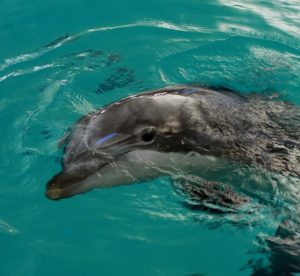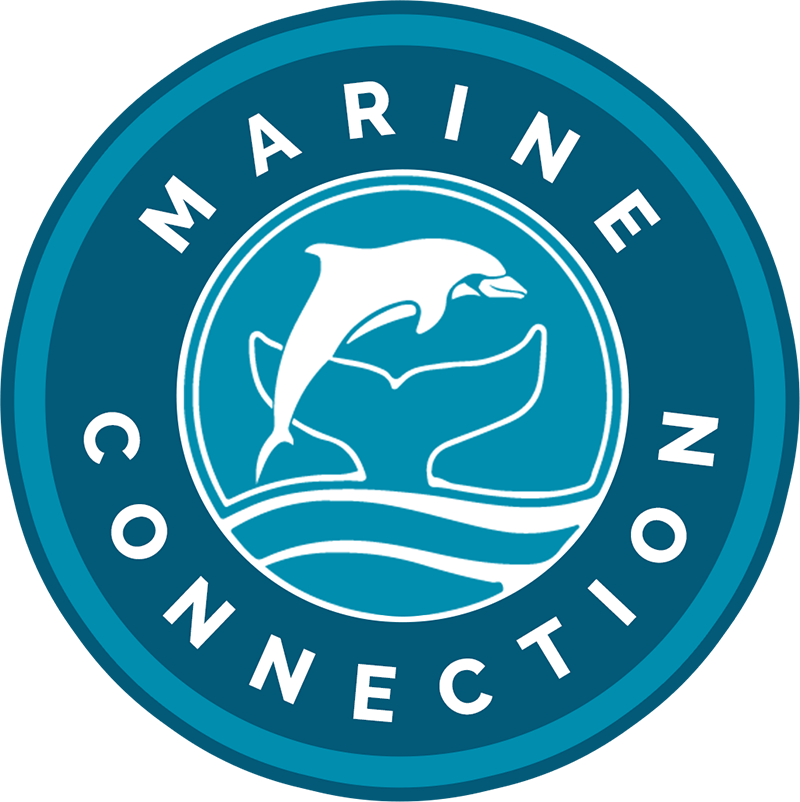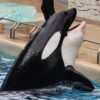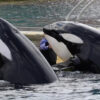As members of the Dolphinaria-Free Europe coalition, Marine Connection has today released the following joint press statement on this proposed transfer.
FOR IMMEDIATE RELEASE
 Dolphins Veera, Delfi, Leevi and Eevertti have been in need of a new home since Särkänniemi Theme Park announced on 27th October last year that it would close its dolphinarium. Särkänniemi cited a change in public attitudes towards captive dolphin shows as the reason for reduced public attendance and profits.
Dolphins Veera, Delfi, Leevi and Eevertti have been in need of a new home since Särkänniemi Theme Park announced on 27th October last year that it would close its dolphinarium. Särkänniemi cited a change in public attitudes towards captive dolphin shows as the reason for reduced public attendance and profits.
The facility has since received offers to purchase the dolphins, all of which were rejected; the facility stated that it did not want to sell the dolphins and wanted to find a solution that would provide the highest level of welfare for these animals.
The Dolphinaria-Free Europe coalition (DFE), of which Marine Connection is an active member, has received confirmation from the Finns for the Whales network in Finland that permits under the Convention on International Trade in Endangered Species (CITES) needed to transfer the dolphins from Särkänniemi dolphinarium have been approved. The destination under these permits is Attica Zoological Park in Greece, a zoo that reported five dolphin deaths between 2010 and 2015.
Furthermore, on 14th June 2016, the Ministry of Environment in Greece approved the expansion of Attica Zoological Park (including the dolphinarium), despite the fact that the Greek minister had pledged to pass a law banning cetacean captivity in the country. The Greek Law 4039/2012, passed in 2012, already forbids the use of animals in performance; however, this law has gone unenforced by the Ministry.
“Since the passing of law 4039/2012 in February 2012, Attica Zoo has continued to flout the law by renaming their dolphin shows as ‘educational’ and despite this being raised with the State who have promised to put an end to the keeping of captive cetaceans in Greece, this has not been forthcoming. Why is the importation of these dolphins from Finland being considered when the receiving facility are already in breach of their own country’s laws? The Greek authorities now have to respond why this is being allowed to continue and why they are willing to take more dolphins into a country where a ban is supposed to be imminent?” questions Margaux Dodds, Director of Marine Connection.
“Despite the ban of the use of animals in shows, which has been in effect since 2012, and five confirmed deaths in the dolphinarium, the Greek State has not enforced the law in this case,” stated Olga Kikou, coordinator of the Group on Animal Rights for the Greek Green Party. “The Ministry of Environment should not allow the animal captivity industry to defy the laws. Moreover, the Ministry should make clear that animal shows, under the guise of ‘educational performances’, have nothing to do with environmental education or the protection of these animals. Instead, they contribute to a completely distorted view that we are entitled to use cetaceans and other animals for our own amusement. Once again, we call on the Greek Ministry of Environment to proceed with an immediate ban of cetacean captivity in Greece and the closure of the dolphinarium, as it had promised to do. ’’
Attica Park has applied to import two additional dolphins from Parc Asterix in France, as well as the four from Finland. This will make it more difficult to place a ban on the keeping of cetaceans in captivity in Greece, and challenge the political efforts made by many to see Greece become dolphinaria-free.
“I strongly believe this shocking news is part of a deliberate plan by the captive industry to destroy any hopes for Greece to place a permanent ban on dolphinaria, as already promised by the Government of Greece” says Viivi Senghore of Finns for the Whales. Finns for the Whales have been working alongside Finnish NGO Animalia to conduct discussions with Särkänniemi CEO Seppälä or Järvisalo, managing director Miikka Seppälä and former head trainer Sari Järvisalo, regarding the future of their dolphins. Discussions have been on-going since the closure of the dolphinarium was first announced. These have included a proposal for the facility to retain ownership of the dolphins and an agreement to place them in a seaside sanctuary as soon as such a sanctuary is established.
“Allowing these dolphins to enter a sanctuary in the not-so-distant future will not only demonstrate to the rest of Europe that this is entirely possible, but will demonstrate that the facility in question has acknowledged both public opinion and the opportunity to offer their dolphins a wild environment and higher standard of welfare’’ says Samantha Goddard, Secretary of DFE. “ The question left to ask is why a transfer need take place between one country set to become dolphinaria-free, to another which had already promised to become so.’’



